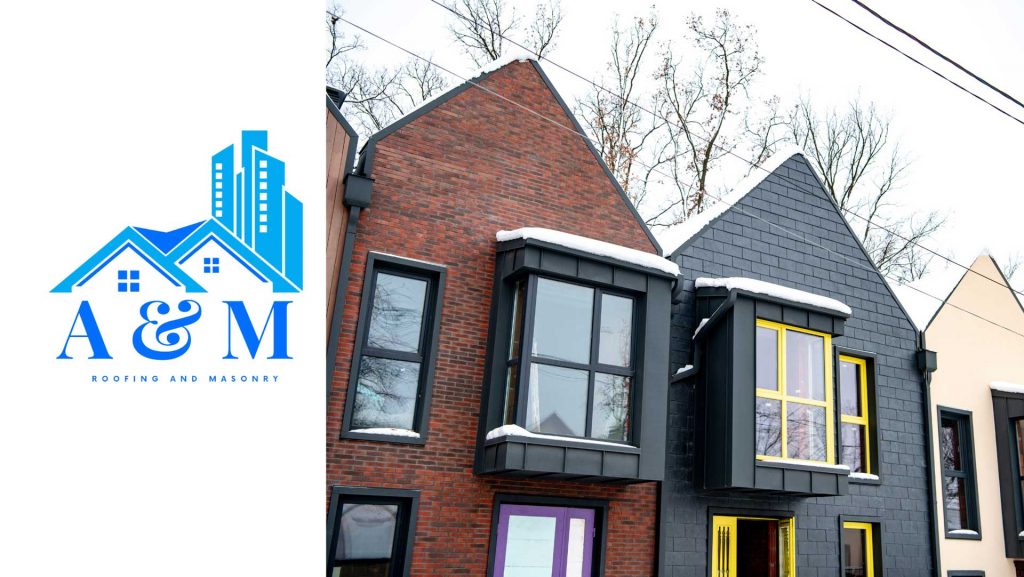Protecting your roof during the winter months is crucial to prevent damage, leaks, and other issues that can arise due to harsh weather conditions. Here are some tips to help you protect your roof during winter:
- Regular Inspections: Before winter arrives, conduct a thorough inspection of your roof to identify any existing issues, such as loose or damaged shingles, clogged gutters, or areas of concern.
- Clean Gutters: Clear your gutters of leaves, debris, and dirt to ensure proper water drainage. Clogged gutters can lead to water accumulation and ice dams, which can damage the roof and gutters.
- Trim Overhanging Branches: Trim any overhanging tree branches near your roof. Heavy snow and ice accumulation can cause branches to break and damage the roof.
- Prevent Ice Dams: Ice dams form when melting snow refreezes at the edges of the roof, causing water to back up under the shingles. Proper insulation and ventilation in the attic can help prevent ice dams.
- Check for Leaks: Inspect your attic for signs of leaks, such as water stains or dampness. Addressing leaks promptly can prevent further damage.
- Remove Snow Safely: If your area experiences heavy snowfall, consider using a roof rake to carefully remove excess snow from the roof. Do so without damaging the shingles.
- Insulate and Ventilate: Proper attic insulation and ventilation can prevent warm air from escaping the living spaces and warming the roof, which can contribute to ice dam formation.
- Seal Attic Gaps: Seal any gaps, cracks, or openings in your attic that could allow warm air to escape. This helps maintain a consistent temperature in the attic and on the roof.
- Install Snow Guards: Snow guards are devices installed on the roof to prevent large chunks of snow and ice from sliding off suddenly, potentially causing damage or injury.
- Check Flashing: Inspect flashing around chimneys, vents, and skylights for signs of damage or deterioration. Replace or repair flashing as needed.
- Professional Inspection: Consider hiring a professional roofing contractor to conduct a winter-specific inspection and address any potential issues.
- Keep Attic Cool: Avoid excessive heat in the attic by using attic fans or ridge vents. A cooler attic temperature helps prevent snow from melting and refreezing on the roof.
- Ventilate Exhaust Fans Outdoors: Bathroom and kitchen exhaust fans should vent directly outside, not into the attic. Moisture buildup in the attic can lead to mold growth and other issues.
- Monitor Roof Load: If you experience heavy snowfall, monitor the weight of snow on your roof. Excessive snow accumulation can stress the structure and pose a risk of collapse.
- Address Issues Promptly: If you notice any damage, leaks, or issues with your roof during the winter, address them as soon as possible to prevent further damage.
Remember that safety is paramount when dealing with winter roof maintenance. If you’re not comfortable or equipped to safely perform these tasks, consider hiring professionals who are experienced in winter roof care

